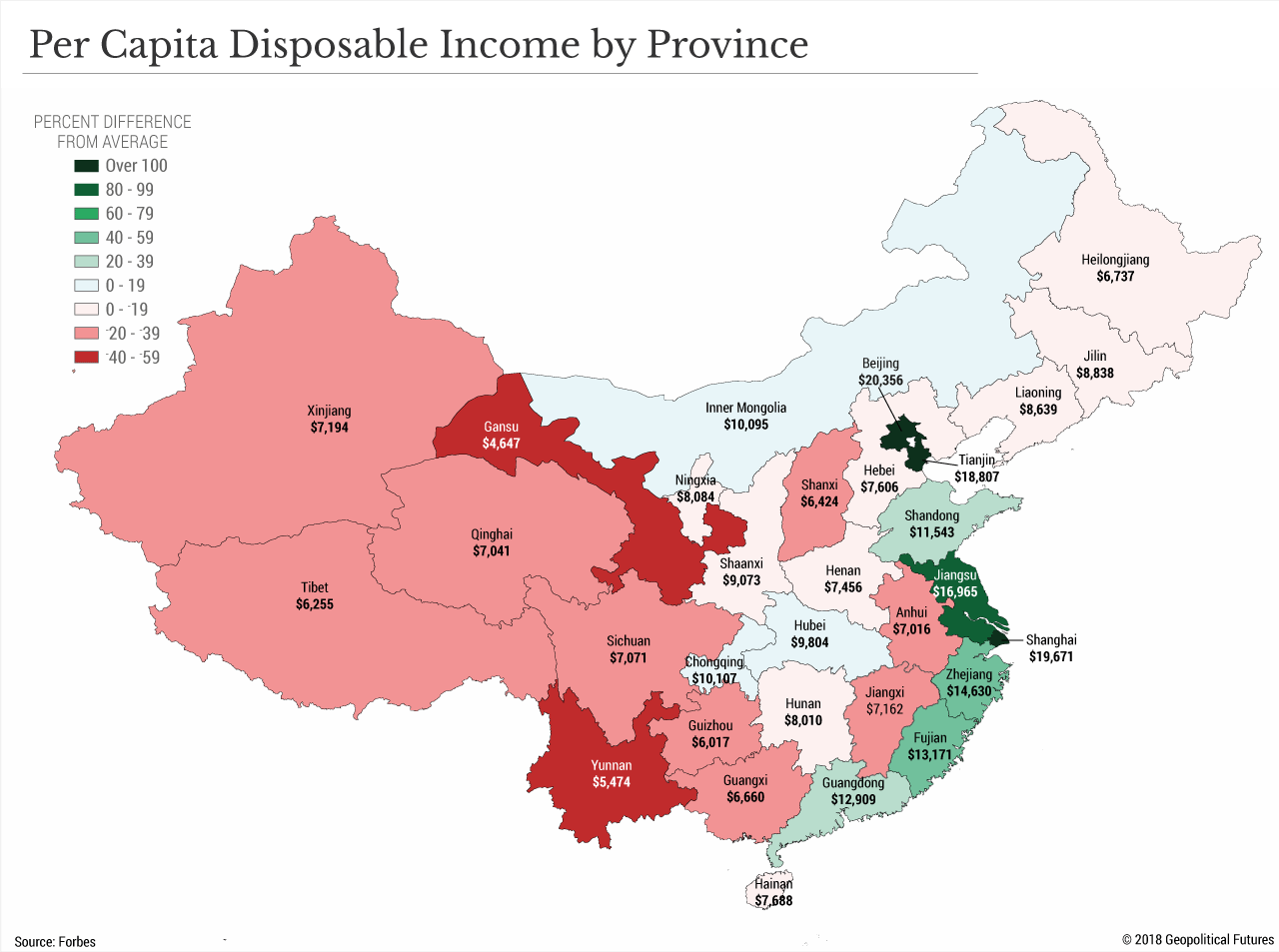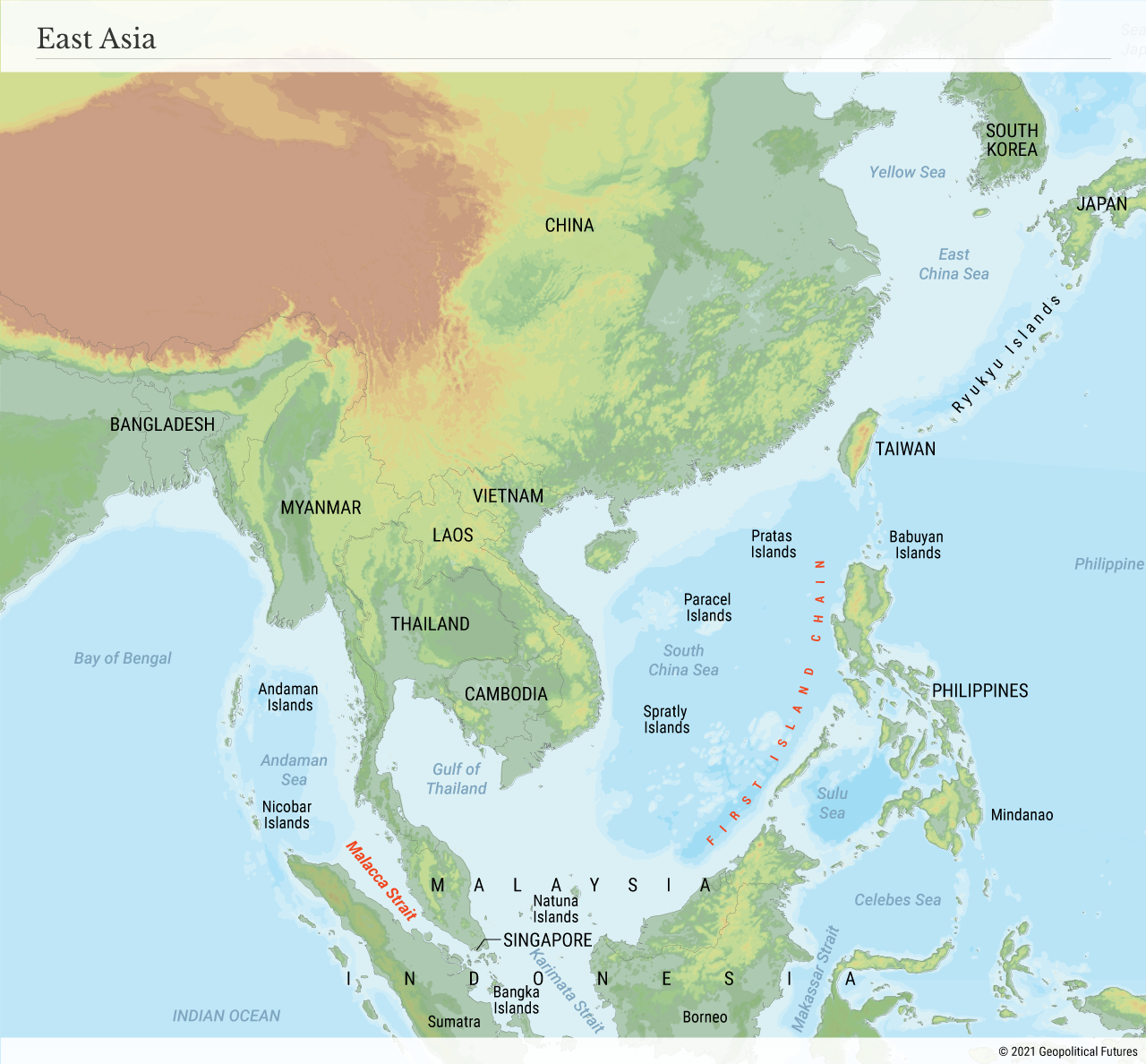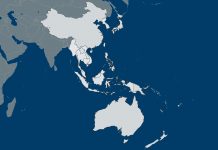One of the hardest problems of foreign policy is developing an accurate evaluation of a potential adversary’s intentions and capabilities, which are frequently separate realities. I discussed this recently in a piece that pointed out the degree to which the United States misinterpreted the Soviet Union’s intentions and capabilities. The Soviets were focused on reconstruction after World War II, something that required decades of work. A war that would devastate Western Europe gave them no incentive to start a war. The United States, meanwhile, was obsessed with counting equipment, not evaluating the ability of the Soviet logistical system to support a massive offensive. The U.S. focused on worst-case intentions and capabilities. The real ones were very different.
This was in part due to another miscalculation: the underestimation of Japanese capabilities in World War II. Washington knew war was likely and so had a plan designed to counter it. But planners underestimated the degree to which the Japanese understood the war plans and the flexibility of naval planners in declining combat on American terms. They also underestimated Japan’s naval command and failed to understand the actions that aircraft carriers made possible. They understood the intent to fight but not the intent to define the battle and the hardware needed to do so.
During the Cold War, the U.S. was on the defensive against a Russian attack that never came. Similarly, during World War II, Washington saw Japan as utterly dependent on raw materials from the south and assumed a direct thrust southward. It could not conceive that Japan would launch an indirect attack. In both cases, the U.S. ignored reality. Russian constraints militated against offensive war. Japanese constraints militated against direct attack. The U.S. had vast resources and could survive the misunderstandings, but the constancy of miscalculations in other wars such as Vietnam and Iraq indicate a central problem of military planning. If the U.S. ever faces China, nothing is more important in understanding how China sees its strategic position, or precisely how China’s strategic position will compel it to act.
China has two core problems: maintaining unity and preventing social instability. Events along the border with Tibet and in Xinjiang, and lesser events in Inner Mongolia must be contained. At the same time, the economic divide between coastal and western China that fueled Mao’s revolution and has still not been resolved must be managed. One element of this management is economic growth. The early years were explosive since development was measured from Mao’s economic disaster. Since about the mid-2000s, growth has been increasing, but it has led to tensions in the Chinese economic elite. China’s primary strategic focus is internal.
China has therefore tended to focus inward, but what complicates this is that domestic consumption cannot yet maintain economic growth and that access to global markets is a strategic imperative. China depends on access to sea lanes connected to its eastern ports. Ideas about overland transport to Europe, the much-heralded Belt and Road Initiative, have not yet matured as an alternative.
Access to global oceans is still the foundation of Beijing’s strategy, just as Japan’s access to raw materials was its. The two strategic problems have important things in common. China must enhance its naval power, which, whatever Beijing’s intent, makes other Pacific powers such as the U.S. extremely anxious. The most important element of this is the vast American alliance system of formally and informally hostile countries to China: Japan, South Korea, Taiwan, the Philippines, Indonesia, Vietnam, Singapore, Australia and India. It constitutes a massive strategic alliance but also a very significant economic alliance involving key Chinese trading partners.
This creates a long stretch of chokepoints that could block China’s access to the oceans and thus hurt domestic economic development and potentially generate social unrest. The United States has not blocked China’s access, nor has it threatened to. But China must consider what is possible, and the capability the U.S. has is a profound threat to China. From the U.S. point of view, moving eastward from the Aleutian-Malacca line would give China entree to the Pacific, which would threaten fundamental U.S. interests. The U.S. cannot abandon the alliance. China cannot accept the threat.
China cannot afford to engage U.S. forces directly. Its own navy is untested in war and has only exercised in fleet-counterfleet operations. China might well defeat the U.S. fleet, but it can’t be certain it would, and defeat would be catastrophic to the regime. In addition, the U.S. has vast resources and capabilities. In looking at U.S. warfighting strategy in the past, initial defeat can generate a massive counterattack. So unless the U.S. seems intent on blockading Chinese ports, the risk of war is too great.
But China also must see the U.S. as averse to war, and the appearance of the Chinese might be enough for the U.S. to decline a larger conflict and withdraw forces on the blockade. A secondary Chinese strategy, then, could be to demonstrate an appetite for combat in an area that is not critical to the United States and might not trigger a response. The idea has been bandied about that China might invade Taiwan. This would be militarily and politically unwise. Amphibious operations are complex, and are won or lost by vast logistical efforts. Reinforcement and resupply would be vulnerable to U.S. anti-ship missiles, submarines and air power. The Chinese must assume that any invasion would likely be defeated.
Even so, China must demonstrate its military will and capability without risking defeat. In other words, it must attack a target of little value and assume the U.S. would not risk combat at a location where Chinese forces have concentrated. But this strategy has two problems too. First, the U.S. will recognize the ploy and might choose to engage to deter greater combat. Even if Washington wanted to decline, its allies may raise enough hell that it may not be able to. This dovetails into the second problem: The members of the alliance are also vital trading powers. One of the paradoxes of the Chinese position is that those that pose the greatest strategic risk are also essential elements of the Chinese economy. Seizing an island off of Taiwan might trigger a U.S. response, but it would convince the alliance members of Chinese danger and force them, with U.S. support, to take economic action.
China must maintain economic growth to maintain stability. It cannot take actions that would make this difficult. Nor can it tolerate the possibility of U.S. naval action that would cripple the Chinese economy. China’s current economic situation is satisfactory. Certainly, a war would not improve it. It is running a risk of U.S. action that would also cripple it. The key Chinese solution is to seek an accommodation with the United States on outstanding economic issues, being aware of the fact that the U.S. has no appetite for war and will initiate only under significant pressure from China. China must weaken the anti-China alliance by making it clear that it has no intention of waging war and that it will align its economy with others. In other words, China must decline combat and make economic and political peace – without appearing that it is doing so under duress.
China is a great power. But all great powers have weaknesses, so their competitors must understand these weaknesses. Fear and prudence make powers concentrate on strength and neglect the weaknesses, and in doing so tend to magnify the power of a competitor. Accurate and dispassionate analysis is needed to avoid overestimation and underestimation and thus miscalculation.







 The Geopolitics of the American President
The Geopolitics of the American President